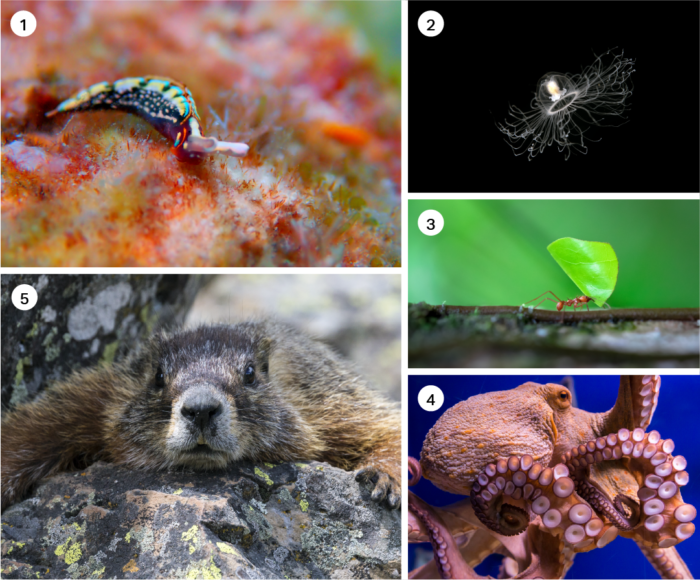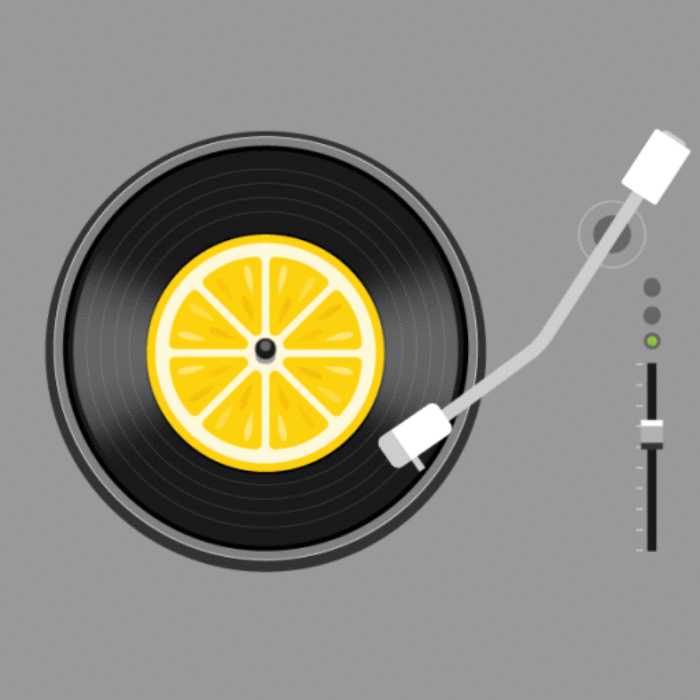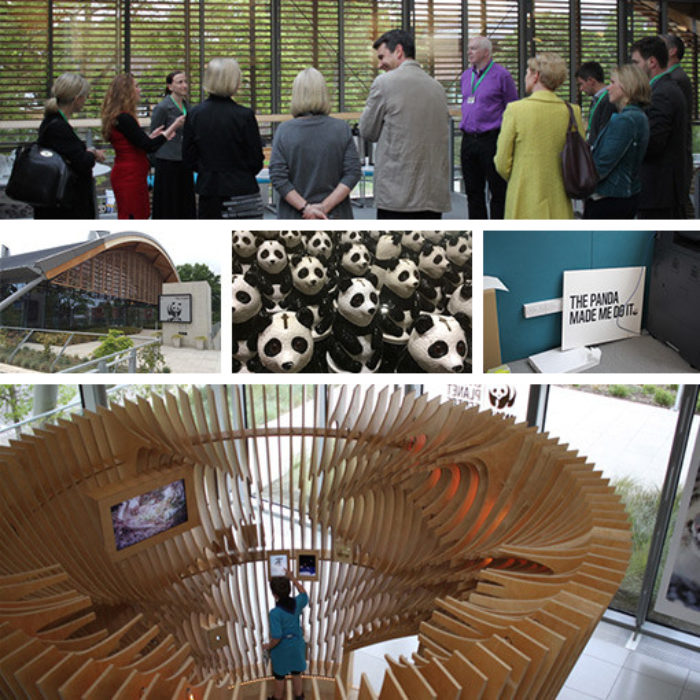Become an innovator (part 9): Learn from nature
This blog series explores the shared characteristics of innovative people and organisations, with a particular focus on what innovators think, feel, believe and do. We’re also looking at how we can all do more to encourage and create innovative workplace cultures.
The ninth of the characteristics shared by all those with a spirit of innovation is to take inspiration from the billions of years of evolution in the natural world.
“If nature gives us enough clues, we just need to pay attention.”
Professor Avi Loeb, Harvard University
Natural knowledge
According to American investor Peter Kaufman1, there are three buckets of human knowledge: “Bucket number one is inorganic systems, which are 13.7 billion years in size. It’s all the laws of math and physics, the entire physical universe. Bucket number two is organic systems, 3.5 billion years of biology on Earth. And bucket number three is human history.” You can’t get a bigger sample size, he concludes.
Nature is the greatest source of innovation. It offers an “encyclopaedia of solutions” for those who consult it, says bioengineer Jeff Karp. Reverse engineering part of the visual system of bees and how they navigate helped James Marshall create a fully autonomous drone that avoids obstacles as it flies2. Daimler engineer Dieter Gurtler drew on insight about the boxfish’s skeletal structure to produce a concept car that reduced air drag. And concrete manufacturers are exploring how to learn from coral and use CO2 as a raw building material3.
Natural inspiration
The term for learning from nature and applying it to human challenges is biomimicry, from the Greek ‘bio’ meaning life and ‘mimesis’ meaning imitation. The website asknature.org features a web of innovations, from passive cooling systems inspired by camels, wind farm designs inspired by schooling fish, to reversible smart glue inspired by mussels. “When we look at what is truly sustainable, the only real model that
has worked over long periods of time is nature,” says founder of the Biomimicry Institute, Janine Benyus.
The Biomimicry Institute differentiates between three types of learning:
- Biomimicry, which functions like nature,
- Biomorphism, which looks like nature, and
- Bioutilization, which uses nature in solutions.
“We have to listen to what nature tells us”, says Professor of Science at Harvard, Avi Loeb4. “It is not a monologue where we show how smart we are. It is a dialogue, and we don’t need to show how smart we are. If nature gives us enough clues, we just need to pay attention.”
A natural challenge
Fancy a challenge? Give yourself 15 minutes to come up with just one innovative product or service inspired by one or more of the following wonders of the natural world.
1. The extraordinary Sacoglossan Sea Slug: Imagine, like this slug, that you could cast off an old body and replace it with a new one, a process known as autotomy. Just as an electric toothbrush can cast off its old head while retaining the body, what other household object might retain one element while replacing another?
2. The ‘immortal’ jellyfish: The turritopsis dohrnii is biologically immortal. It grows, through a polyp stage to become a mature jellyfish. But then, if it gets sick or old, or if it’s stressed or under attack, it can revert to its immature stage and start again.
3. The leaf-cutter ant: Leaf-cutters are among at least 15,000 species of ant. They certainly look scary, with bodies bristling with spikes and spines. But the spikes are for gardening, not fighting, and help them carry their leaf cuttings to their underground
abodes.

4. The distributed brain of the octopus: Two-thirds of an octopus’s neurons are distributed along its eight arms. These limbs can effectively make decisions without involving the brain. Any ideas for a technological solution that might incorporate this ability?
5. The sleepy yellow-bellied marmot: A recent study in Colorado of these wild, squirrel-like creatures showed that when they sleep they age more slowly. And they hibernate for about eight months a year.
Learn more
This is part nine of a series of planned articles on the characteristics of innovative people and organisations. The next instalment is coming soon, but in the meantime you can explore the full set in detail, by downloading our free report Innovation for Everyone.
And if you want a chat about how to create a more innovative culture in your organisation, just drop me a line at John.Drummond@CorporateCulture.co.uk
Sources:
- ‘Three buckets’, Peter Kaufman. Listen to his talk to Cal Poly Pomona Economics Club here: https://soundcloud.com/user-339685480/peter-kaufman-on-the-multi-discipli-nary-approach-to-thinking
- New Scientist, February 20th, 2021
- https://www.wired.com/2015/09/think-like-tree-new-kind-eco-friendly-concrete-in-spired-coral/
- New Scientist, February 13th, 2021




